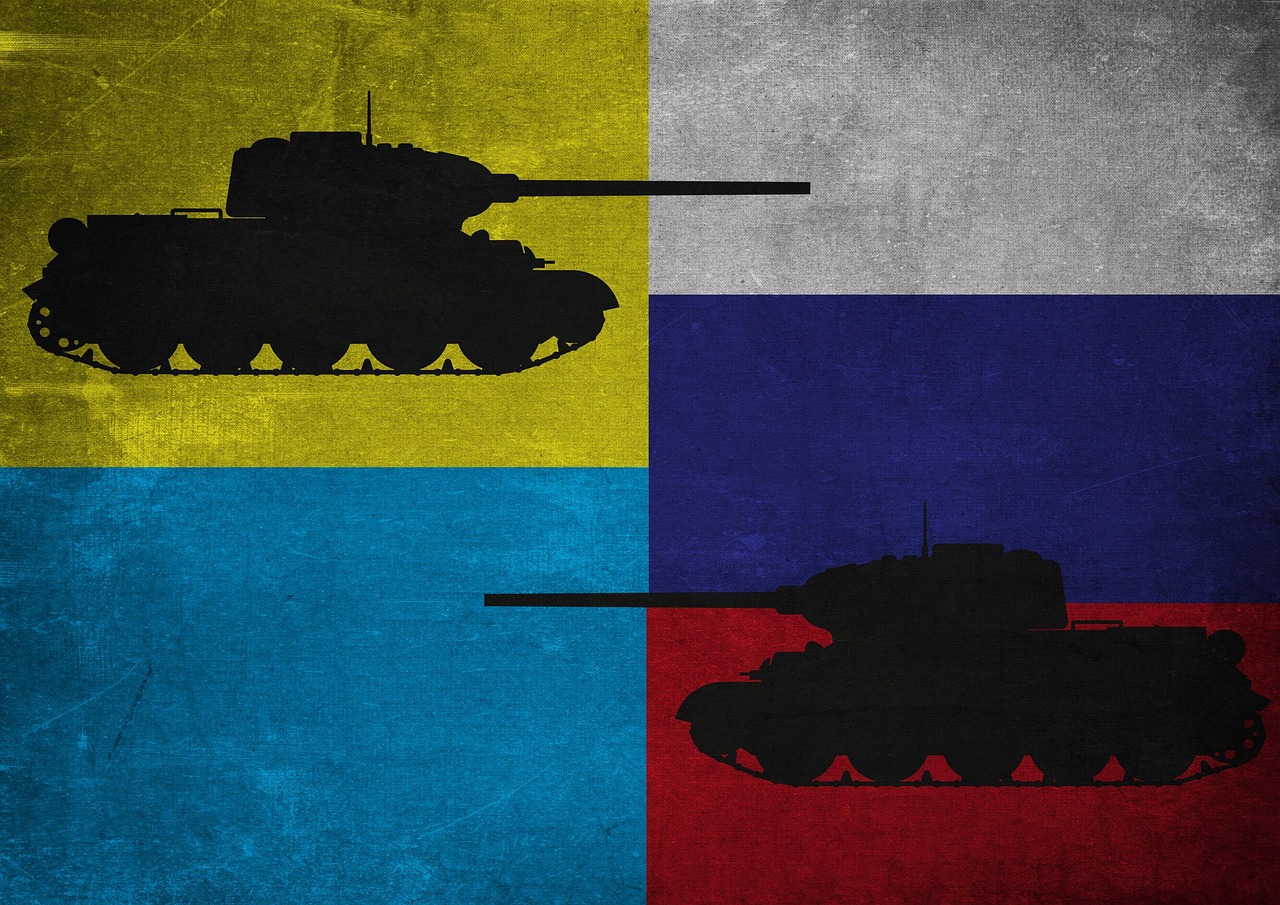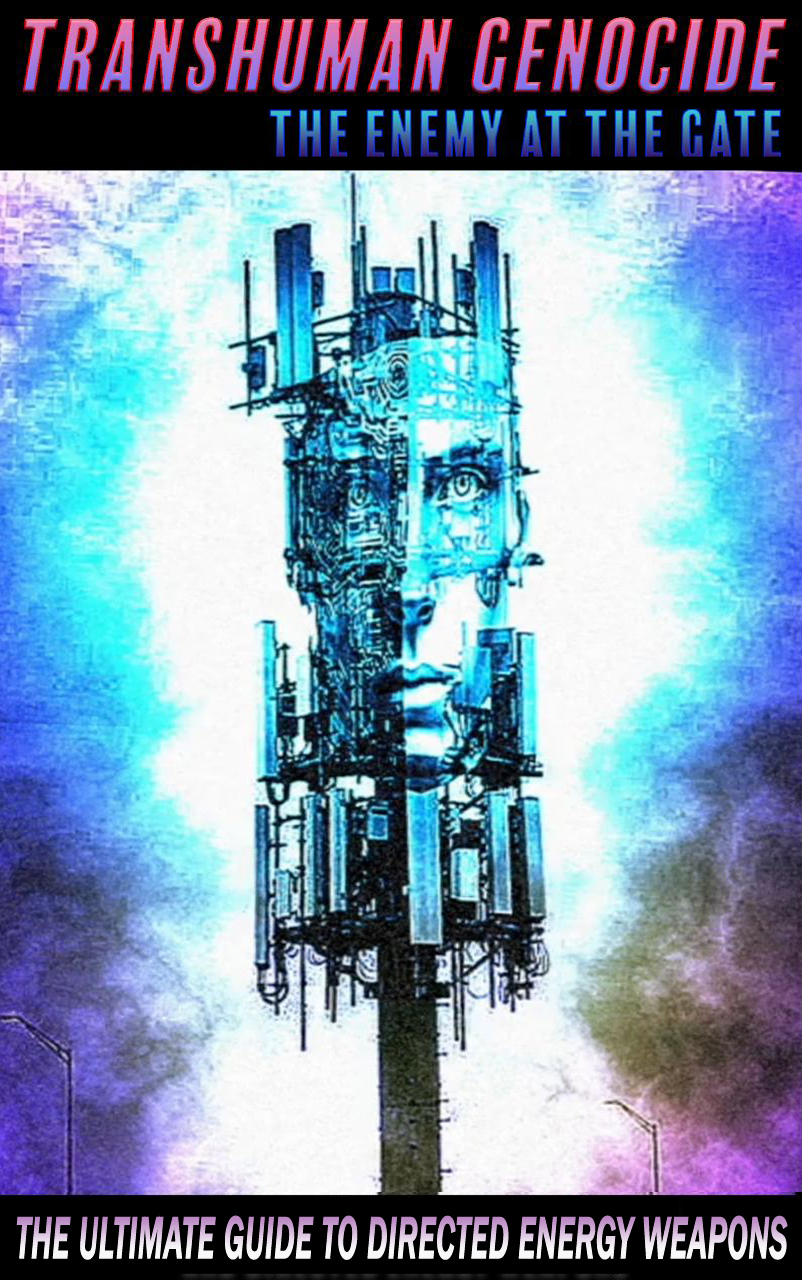A Russian drone incursion in Poland prompted NATO leaders to reassess larger threats. The incident has raised concerns among NATO members about security and defense in the region.

Poland and NATO forces intercepted Russian drones violating Polish airspace during a Russian attack on Ukraine on September 10, 2025. The drones prompted a military response, with Polish F-16 fighter jets, Dutch F-35, and Italian AWACS planes involved. This marked the first direct military engagement between NATO-allied forces and Russia since the 2022 invasion of Ukraine. Prime Minister Donald Tusk described the drone incursion as a “large-scale provocation” and stated that NATO forces shot down threatening drones. The incident could potentially trigger Article 5 of the NATO treaty, but Poland plans to invoke Article 4 for formal consultations within the alliance. The EU has condemned the airspace violation, while Ukraine’s president, Volodymyr Zelenskyy, warned of continued Russian aggression. Russia has intensified attacks on Kyiv, stalled ceasefire talks, and planned military exercises in Belarus.
Russia violated Polish airspace with drones, triggering global condemnation. Poland’s Prime Minister Donald Tusk confirmed that up to four of the 19 Russian drones were shot down by Polish and Nato aircraft. The drones were part of overnight attacks on Ukraine, during which Russia launched 415 drones. This incident marks the first time Russian drones have been downed over a Nato country. Many global leaders, including UK PM Keir Starmer and US President Donald Trump, condemned Russia’s actions. Nato allies expressed solidarity with Poland and Ukraine. Polish President Karol Nawrocki spoke with US President Donald Trump regarding the airspace violation. Ukraine’s President Volodymyr Zelensky urged global leaders to take stronger action against Russia’s actions. The incident has raised concerns about the risk of further conflict in Ukraine. The UN called for an immediate ceasefire and sustainable peace in Ukraine, emphasizing the need to uphold its sovereignty and territorial integrity.
Poland shot down Russian drones that violated its airspace during the Ukraine attack on September 9, 2025. The incident marked the first time Moscow had invaded its neighbor since the full-scale invasion. NATO allies supported Poland in shooting down the drones, with Polish President Karol Nawrocki discussing the situation with President Donald Trump. Russia denied the accusations, claiming it did not intend to attack any targets in Poland. The European Union condemned the incident, with Polish Foreign Minister Radosław Sikorski calling it an intentional attack on NATO and the EU. NATO activated Article 4 of its treaty for consultations, and NATO assets were engaged during the incursion. The incident resulted in the closure of airspace over at least three Polish airports, with debris from the drones found in several cities. Fears of Russian aggression expanding across Europe were heightened following the incident.
Poland shot down multiple Russian drones over its airspace, which were part of a series of violations by Russian drones across NATO nations during the conflict in Ukraine. The incidents have raised concerns along NATO’s eastern flank about handling the evolving threat of Russian long-range strike capabilities. Lithuania, Romania, Latvia, and other NATO countries have experienced similar airspace violations, prompting responses to enhance readiness against potential drone intrusions. Efforts are being made to adapt procedures, deploy additional forces, and close airspace borders to safeguard against Russian incursions. NATO officials are working on refining legislation and coordination to bolster defense measures against these threats.
The intent behind these repeated drone incursions by Russia is clear – to test NATO’s response mechanisms, probe vulnerabilities, and instigate conflict on Europe’s eastern border. The means involve deploying advanced drone technology, violating sovereign airspace, and sowing discord among allies. The opportunity arises from the chaos and uncertainty generated by these provocations, allowing for the gradual erosion of trust and unity within NATO.
History teaches us that such calculated provocations and violations are often harbingers of more significant conflicts to come. The current escalation in Eastern Europe mirrors past patterns of aggression and manipulation leading to devastating consequences. If left unchecked, this cycle of aggression and response could spiral into a larger conflict, reshaping the geopolitical landscape of Europe. The stakes are high, and the future trajectory of this crisis hinges on how decisively NATO and its allies confront this challenge.

